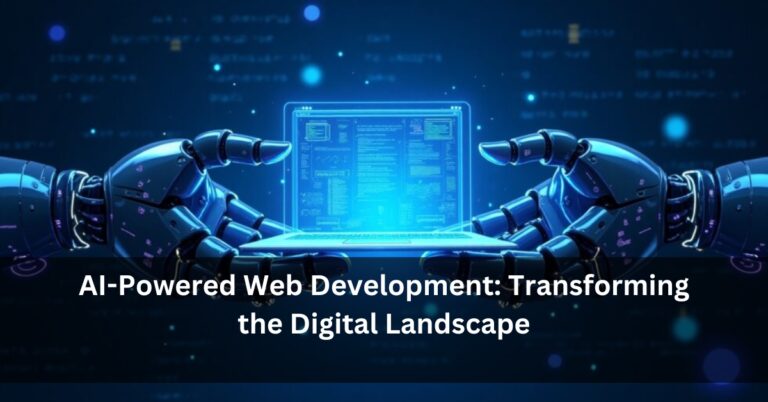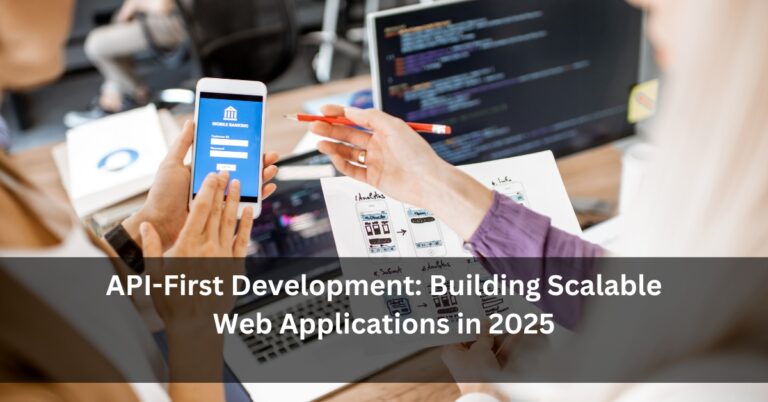Headless CMS Architecture: Decoupling Content Management
In today’s fast-moving digital world, managing website and app content efficiently is essential for businesses of all sizes. Traditional content management systems (CMS) have served companies for many years, but as technology evolves, many are turning to a new approach called Headless CMS architecture. This modern way of managing content is gaining popularity because it offers more flexibility, better performance, and improved security.
If you are new to this concept or wondering how it can benefit your business, this article explains everything in simple terms. We will also highlight why companies like yours should consider adopting headless CMS solutions and how FutureAI can support you on this journey.
What Is a Headless CMS?
A headless CMS is a type of content management system where the “head” — or the front-end presentation layer — is separated from the back-end content repository. In simpler words, the content management system focuses only on creating, storing, and managing content, without controlling how it appears on a website or app.
Instead of having a fixed way to display content, a headless CMS delivers content through APIs (Application Programming Interfaces). This allows developers to use any technology they prefer to design the front end, such as websites, mobile apps, or even smart devices.
This separation, often called “decoupling,” offers businesses the freedom to manage and display content on multiple platforms from a single content source.
Why Are Businesses Moving to Headless CMS?
Flexibility to Reach Multiple Platforms
One of the main advantages of headless CMS is its ability to distribute content across different platforms. Whether it is a website, a mobile application, or emerging devices like smartwatches and IoT gadgets, your content can be delivered consistently and efficiently. This is especially important for businesses looking to engage their audience wherever they are.
Improved Performance
Since the front end and back end are separated, developers can optimize the frontend independently to make websites and apps faster. This often results in quicker page loading times and smoother user experiences, which are crucial factors for retaining visitors and improving search engine rankings.
Enhanced Security
Traditional CMS platforms expose both content management and frontend to potential threats. By decoupling the system, headless CMS reduces vulnerabilities because the content repository is not directly accessible through the website, thus improving overall security.
Scalability for Growing Businesses
As your business expands, the volume of content and number of users may increase significantly. Headless CMS architectures are designed to scale easily, allowing your system to handle high traffic and larger datasets without performance issues.
Freedom for Developers
Developers can build the frontend using their preferred frameworks and tools without being limited by the CMS’s built-in templates. This fosters innovation and allows companies to deliver unique digital experiences tailored to their audience.
How Does Headless CMS Differ From Traditional CMS?
Traditional CMS platforms like WordPress or Joomla provide both content management and frontend display in one system. While this setup is simple to use for basic websites, it can become limiting as digital needs grow.
Headless CMS, on the other hand, focuses purely on content creation and storage. The frontend presentation is handled separately by specialized tools or frameworks, connected through APIs. This approach offers:
- More flexibility in how and where content is displayed
- Easier integration with various digital channels
- Better performance and scalability options
Popular Headless CMS Platforms
Several headless CMS platforms are popular today, each with its strengths. Here are some examples:
- Contentful – A widely-used enterprise-level platform known for its robust APIs and scalability.
- Strapi – An open-source CMS that allows easy customization and is developer-friendly.
- Sanity – Focuses on real-time collaboration and structured content.
- Ghost – Ideal for fast, content-driven websites.
- Kentico Kontent – Offers enterprise-grade features for content governance.
Choosing the right platform depends on your specific needs, budget, and technical expertise.
How FutureAI Supports Your Headless CMS Journey
At FutureAI, we understand the challenges businesses face in managing digital content effectively. We offer tailored headless CMS solutions designed to meet the needs of Indian businesses, whether you are a startup or an established company.
Our team helps you:
- Select the most suitable headless CMS platform
- Seamlessly integrate the CMS with your existing systems
- Build fast, scalable, and secure front-end applications
- Provide ongoing support and updates
With FutureAI, you get expert guidance to ensure your content management system grows with your business, saving you time and cost in the long run.
What Does the Future Hold?
The digital landscape is continuously evolving. Consumers expect content to be available anytime, anywhere, on any device. Traditional CMS platforms may struggle to meet these demands in the long term.
Headless CMS architecture represents the future of content management by providing the flexibility and performance needed to deliver consistent, personalized experiences across multiple channels.
Businesses that adopt this approach now are better positioned to stay competitive and adapt to future technological changes.
Frequently Asked Questions (FAQs)
Q1. Is a headless CMS difficult to use for non-technical users?
Not necessarily. While setting up the system may require developer involvement, managing and publishing content is straightforward for content editors.
Q2. Can I use headless CMS with my current website?
Yes, it can often be integrated with existing websites and apps, allowing you to modernize your content delivery without starting from scratch.







